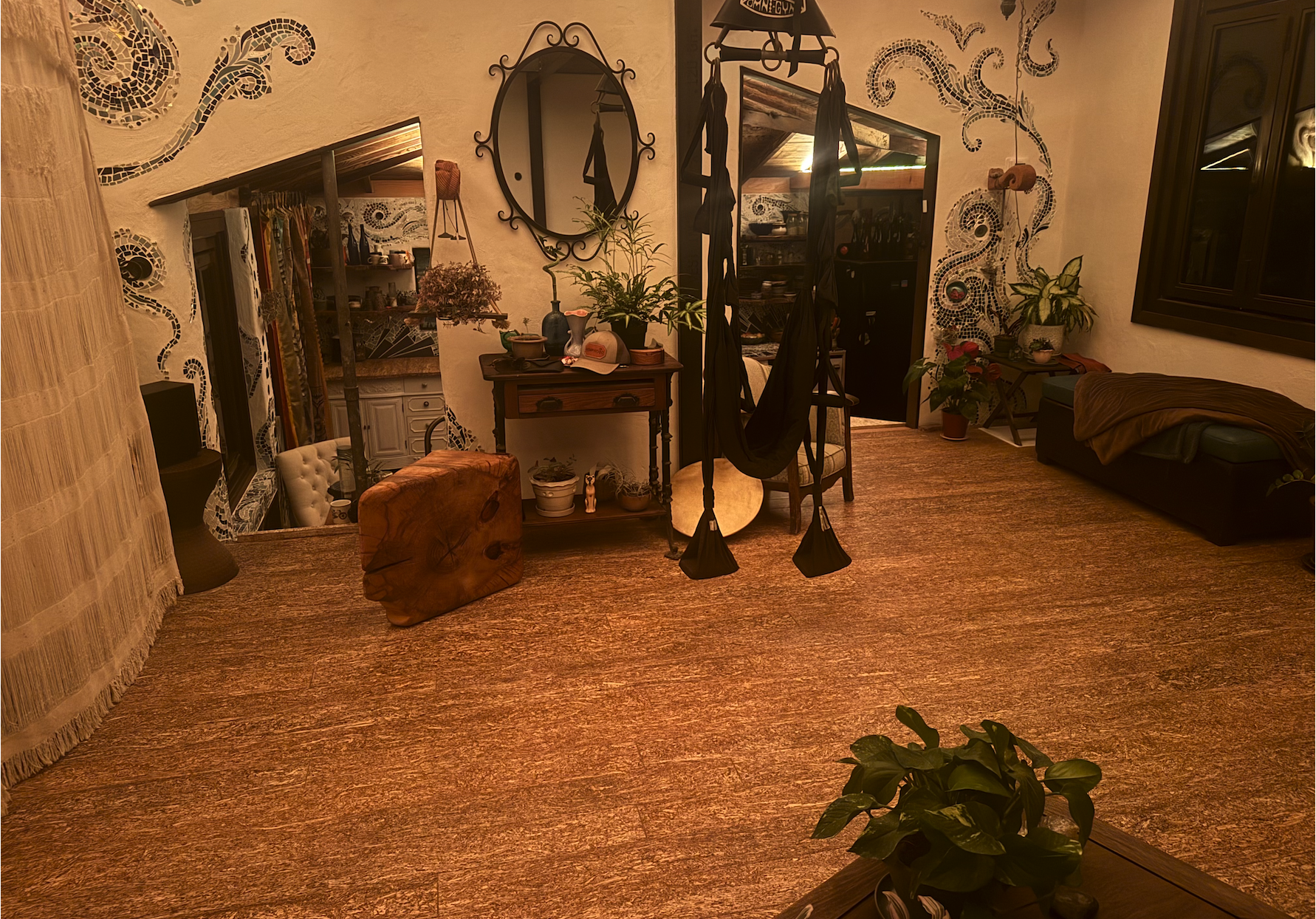Leading the Future of Sustainable Wood Products
HempWood, founded by Greg Wilson and headquartered in Murray, Kentucky, is redefining engineered wood through sustainable innovation. With a focus on efficiency and environmental...
If you're in the construction industry, you've probably heard of hempcrete - a sustainable building material made from hemp that is revolutionizing the way we think about construction.

Cement production is a major contributor to carbon emissions, with the World Business Council for Sustainable Development estimating that cement production is responsible for around 8% of global CO2 emissions (1).
Hempcrete, on the other hand, is made from hemp, which absorbs CO2 from the atmosphere as it grows. In fact, according to a study published in the journal "Construction and Building Materials," the carbon footprint of hempcrete is about 75% lower than that of traditional concrete (2). This means that using hempcrete in construction projects can significantly reduce the carbon footprint of the building.
Not only is hempcrete better for the environment in terms of its carbon footprint, but it is also a great insulator. Hempcrete walls have a high thermal mass, meaning they can store heat and keep buildings warm in the winter and cool in the summer. This means that hempcrete buildings require less energy to heat and cool, making them more energy-efficient and cost-effective in the long run. In addition, the natural insulating properties of hempcrete can help reduce energy bills for homeowners and businesses, making it a smart financial choice as well as an environmentally-friendly one.
Unlike traditional building materials like concrete and brick, hempcrete is biodegradable and can be broken down naturally over time. This means that when a hempcrete building is no longer needed, it can be demolished and the materials returned to the earth without leaving a negative impact on the environment. In contrast, traditional building materials like concrete and brick require specialized equipment and processes to be demolished and disposed of, adding to their environmental impact. Hempcrete's biodegradability makes it a more sustainable choice in the long-term.
In addition to these three key ways that hempcrete is sustainable, there are many other benefits to using this material in construction projects. For example, hempcrete is naturally fire-resistant, making it a safer choice for buildings. It is also resistant to pests and mold, which can be major issues in traditional buildings. Hempcrete is also an affordable building material, making it accessible for a wide range of construction projects.
If you're interested in using hempcrete in your construction projects, there are a few things to keep in mind. First, it is important to work with a manufacturer that produces high-quality hempcrete. Look for a company that uses sustainable growing practices and sources their hemp from responsible farmers. It is also important to work with a contractor who has experience working with hempcrete, as it is a bit different to work with than traditional building materials.
Overall, hempcrete is a sustainable building material that is changing the construction industry for the better. With its low carbon footprint, energy-efficiency, and biodegradability, it is a smart choice for both the environment and for building projects of all sizes. If you're considering using hempcrete in your next construction project, be sure to do your research and work with experienced professionals to ensure the best possible result.
(1) https://www.wbcsd.org/Topics/Cement-Sustainable-Construction/About-Cement
(2) https://www.sciencedirect.com/science/article/pii/S0950061816306896

low carbon footprint, energy efficient
HempWood, founded by Greg Wilson and headquartered in Murray, Kentucky, is redefining engineered wood through sustainable innovation. With a focus on efficiency and environmental...